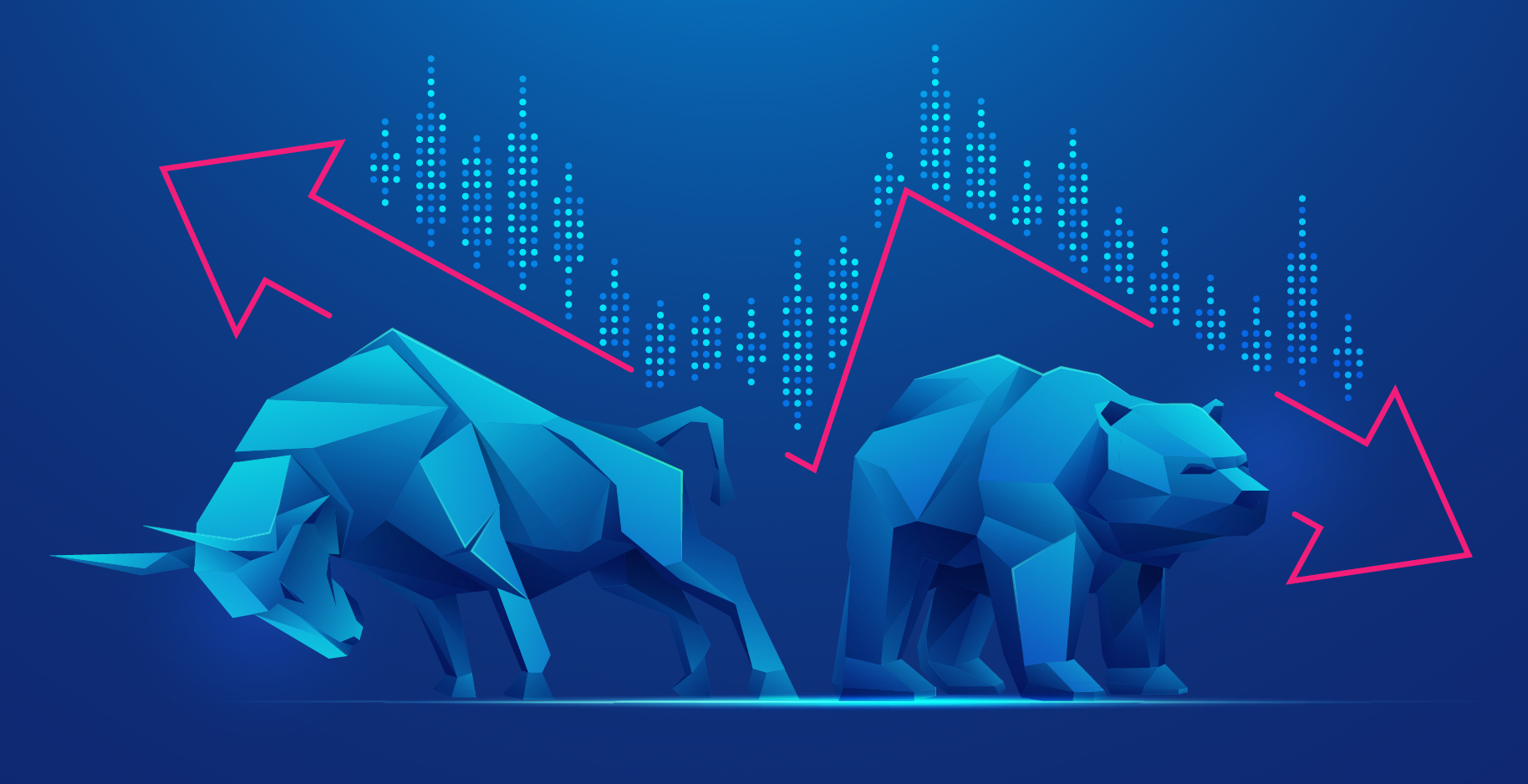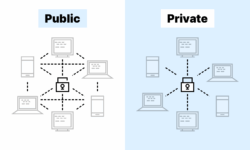
In early 2021, a digital artwork sold for $69 million. Overnight, the world knew the term NFT.
Two years later, that same market experienced deep pullbacks, prompting many to ask: Were NFTs just a fad? Or is this volatility part of a broader evolution?
Welcome to the world of NFTs — where innovation and speculation walk a fine line, and where fortunes rise and fall at dizzying speeds. The NFT market has proven to be one of the most volatile sectors in the crypto ecosystem, often echoing the emotional highs of bull runs and the sobering lows of bear markets.
But why is the NFT space so turbulent? And what does this mean for collectors, builders, and investors alike?
Let’s explore the mechanics behind NFT market volatility, understand its patterns, and assess what the future may hold.
🧠 What Drives Volatility in NFT Markets?
Unlike traditional crypto assets like Bitcoin or Ethereum, NFTs are non-fungible — each one is unique, illiquid, and often valued subjectively.
This makes their pricing more prone to volatility for several reasons:
1. Speculative Hype Cycles
NFTs frequently ride cultural moments. A celebrity endorsement, viral meme, or trending artist can spark a FOMO-driven rally, rapidly pushing prices up — often without fundamental backing.
2. Low Liquidity
While fungible tokens trade on deep, liquid markets, NFTs are often one-of-a-kind or limited edition assets. Selling them often requires matching with a willing buyer — which can be tough during market downturns.
3. Narrative-Driven Valuations
NFTs don’t produce revenue or yield (at least not inherently). Their value is narrative-based — driven by community, rarity, artist reputation, and cultural relevance.
This means their pricing can swing wildly based on sentiment.
4. Macro Crypto Sentiment
NFT markets are closely tied to broader crypto trends. When ETH surges, NFT enthusiasm often rises too. When crypto enters a bear market, liquidity dries up, and NFT trading volumes tend to plummet.
📈 Bull Runs: NFT Mania in Full Swing
During a bull market, NFTs ride an explosive wave of attention, capital, and creative experimentation.
🚀 Key Characteristics of an NFT Bull Market:
- Soaring floor prices on top collections like Bored Ape Yacht Club, CryptoPunks, Azuki, and Doodles.
- Massive trading volume on marketplaces like OpenSea, Blur, and Magic Eden.
- Celebrity endorsements (e.g., Snoop Dogg, Paris Hilton, Beeple).
- High-profile drops and limited-edition mints that sell out in seconds.
- Hype-fueled speculation, with many flipping NFTs for quick gains.
In bull markets, community engagement skyrockets, Discords are buzzing, and the fear of missing out (FOMO) becomes a dominant force.
But as fast as the rise comes, a cool-off is often just around the corner.
📉 Bear Phases: The NFT Winter
Bear markets bring a harsh reality check to the NFT space.
🧊 What Happens During an NFT Bear Market:
- Trading volume collapses — sometimes dropping over 90% from peak levels.
- Floor prices for even blue-chip NFTs decrease significantly.
- Many projects go inactive, abandoning roadmaps and communities.
- Liquidity evaporates, making it hard to sell without deep discounts.
- Speculators exit, leaving only long-term believers and builders.
Yet, amidst the wreckage, true innovation tends to emerge.
Bear phases help filter out noise. Projects focused solely on hype disappear, while genuine teams double down on product development, community building, and real-world utility.
🌀 Case Studies: Highs and Lows in Action
📌 Bored Ape Yacht Club (BAYC)
- Bull Run: BAYC launched in April 2021 for ~0.08 ETH per ape. At peak, floor prices exceeded 100 ETH.
- Bear Impact: During market corrections, BAYC’s floor price dropped below 15 ETH (a ~85% drawdown in USD terms).
- Why It Matters: BAYC’s volatility illustrates how even blue-chip projects are vulnerable to macro sentiment.
📌 Otherdeed for Otherside (Yuga Labs)
- Initial hype around metaverse land sales drove record-breaking mints and network congestion on Ethereum.
- Bear outcome: As attention waned and utility lagged, land values and trading volumes dropped significantly.
These cycles remind us: in NFTs, hype can inflate fast — but utility sustains value.
🔎 Signals of Recovery: How NFT Markets Rebound
Just like broader crypto cycles, NFT markets recover — often stronger, leaner, and more innovative.
☑️ Signs of a Rebound:
- Gradual volume return to marketplaces.
- Renewed interest in artist drops and independent creators.
- Platforms launching new features (e.g., royalties enforcement, dynamic NFTs).
- More focus on utility, such as:
- NFT-gated content
- Real-world asset (RWA) tokenization
- In-game items and identity tools
- Cross-chain innovation (Polygon, Solana, Tezos, and Layer 2s like Arbitrum expanding NFT ecosystems).
Smart collectors and builders use the bear to position themselves for the next wave.
📊 Tools & Metrics to Track NFT Market Volatility
Staying informed helps you navigate volatility wisely. Key tools include:
- Dune Analytics – for custom dashboards and real-time metrics
- NFTGo and CryptoSlam – for floor prices, volumes, and market cap rankings
- Blur & OpenSea – to track active listings and bid depth
- Twitter sentiment and Discord activity – to gauge hype cycles and community strength
Also consider macro factors — ETH price, gas fees, and regulatory developments — that influence NFT activity.
🎯 Strategies for Navigating NFT Volatility
- Focus on Quality Over Hype: Look for projects with long-term vision, strong communities, and clear roadmaps.
- Don’t Overleverage: Avoid taking on debt or overexposing your portfolio to volatile NFT assets.
- Use Cold Storage: For valuable NFTs, use secure wallets like Ledger + MetaMask for safety.
- Explore Utility-Backed NFTs: Prioritize assets with built-in functionality or real-world integration (e.g., ticketing, memberships, in-game assets).
- Stay Educated: The landscape evolves fast — follow thought leaders, dev updates, and credible sources.
🌅 Final Thoughts: Riding the NFT Rollercoaster
NFT markets are volatile — by design. They combine emerging tech, speculative investing, and cultural storytelling in a high-speed arena.
The wild swings between bull and bear cycles are not signs of collapse, but symptoms of a nascent industry maturing.
As infrastructure improves, real-world use cases expand, and communities grow wiser, the volatility may moderate — but the energy and innovation at the heart of NFTs is here to stay.
Whether you’re a collector, a creator, or just curious, understanding the dynamics of NFT market volatility is essential for navigating what many believe is the future of digital ownership.
Because in NFTs, volatility isn’t just risk — it’s opportunity wrapped in uncertainty.





